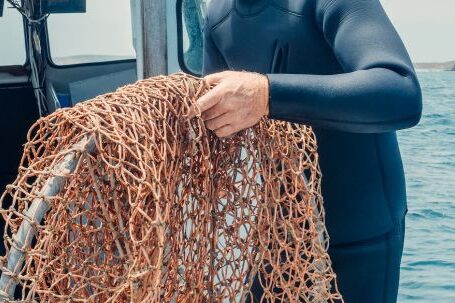When it comes to underwater slicing and dicing, precision and efficiency are key. Whether you are a professional diver or an avid underwater enthusiast, having the right techniques can make all the difference in your underwater adventures. In this article, we will explore some advanced techniques for slicing and dicing underwater that will take your skills to the next level.
Mastering Buoyancy Control
Before diving into the advanced techniques, it is crucial to have a solid foundation in buoyancy control. Maintaining neutral buoyancy is essential for effective slicing and dicing underwater. By fine-tuning your buoyancy, you can ensure that you stay in control of your movements and avoid any accidental damage to the surrounding marine environment.
Efficient Hand Placement
One of the key techniques for underwater slicing and dicing is efficient hand placement. By positioning your hands correctly, you can maximize precision and minimize effort. When slicing, make sure to keep your fingers close together and your hand flat, creating a streamlined movement. For dicing, use a claw-like grip with your fingers, allowing for better control and accuracy.
Utilizing Underwater Tools
Having the right tools is crucial for underwater slicing and dicing. Knives specifically designed for diving are essential for safe and efficient cutting. Look for knives with serrated edges or specialized blades that are resistant to corrosion. Additionally, consider using specialized cutting devices such as scissors or shears for more intricate tasks. These tools will not only make your slicing and dicing easier but also minimize the risk of injury.
Mastering the Art of Underwater Filleting
Underwater filleting is a technique that requires precision and finesse. Start by making a shallow incision along the fish’s belly, being careful not to puncture the internal organs. Then, using a smooth slicing motion, follow the contour of the fish’s spine, separating the fillet from the body. Repeat the process on the other side, ensuring that the fillets are evenly sized. Underwater filleting can be challenging, but with practice, you will master this art.
Dicing with Delicacy
Dicing underwater requires delicacy and control. To ensure uniformity in your cuts, start by making a series of parallel incisions into the object you are dicing. Then, make perpendicular cuts to create a grid-like pattern. By doing this, you will achieve evenly sized diced pieces. Remember to maintain a firm grip on the object you are dicing to avoid any mishaps.
Maintaining Safety Measures
Underwater slicing and dicing can be hazardous, so it is crucial to prioritize safety. Always ensure that you have a clear line of sight before making any cuts, especially when dealing with potentially dangerous marine life. Additionally, make sure to wear protective gloves and clothing to minimize the risk of injury. Lastly, be mindful of your surroundings and avoid slicing or dicing near delicate corals or other fragile marine organisms.
Conclusion: Enhancing Your Underwater Skills
Mastering advanced techniques for underwater slicing and dicing requires practice, patience, and the right tools. By focusing on buoyancy control, efficient hand placement, utilizing underwater tools, and mastering the art of underwater filleting and dicing, you can enhance your underwater skills and make your underwater adventures even more enjoyable. Remember to prioritize safety at all times and respect the delicate marine environment. With dedication and perseverance, you will become a proficient underwater slicer and dicer in no time.





